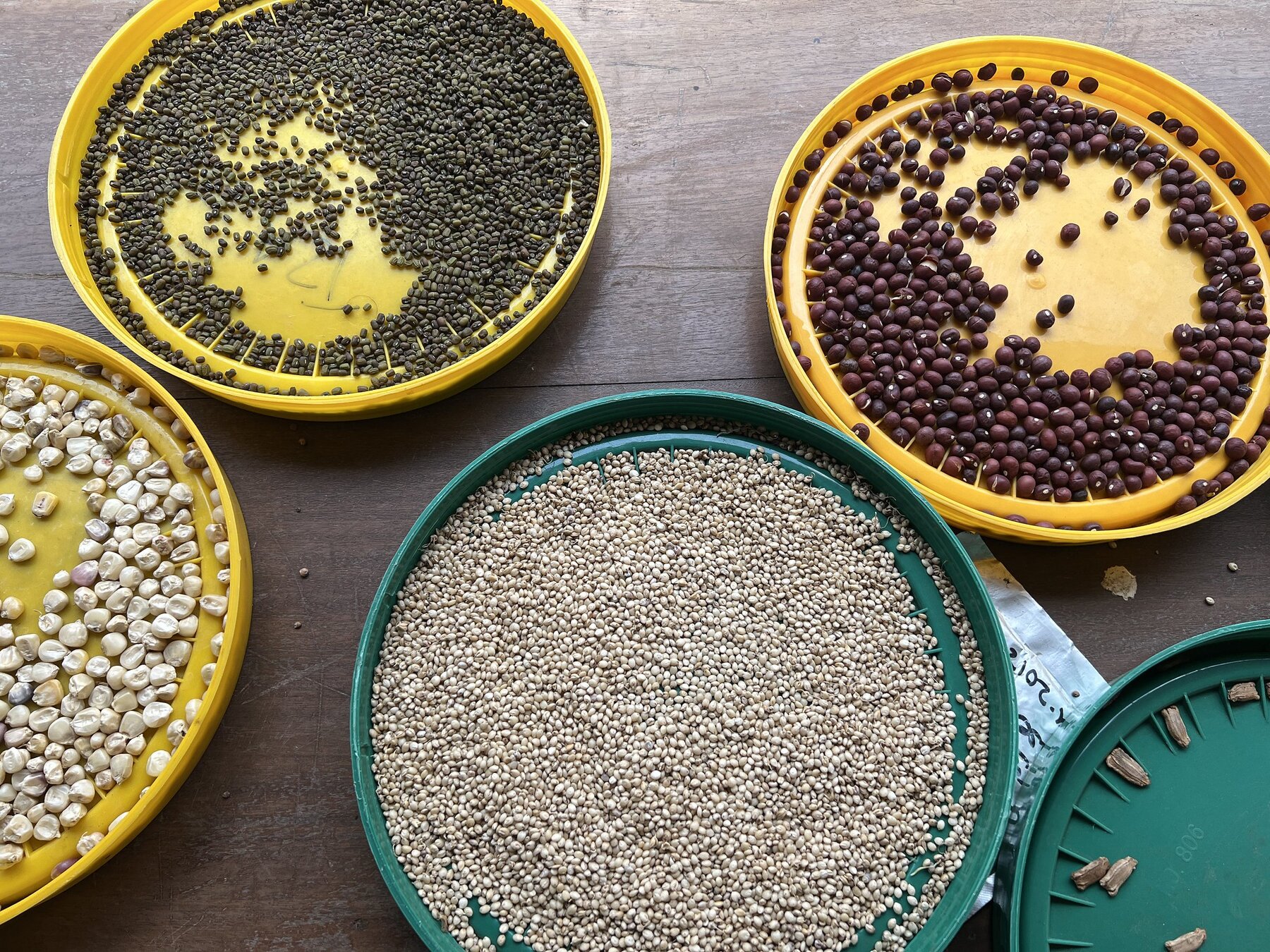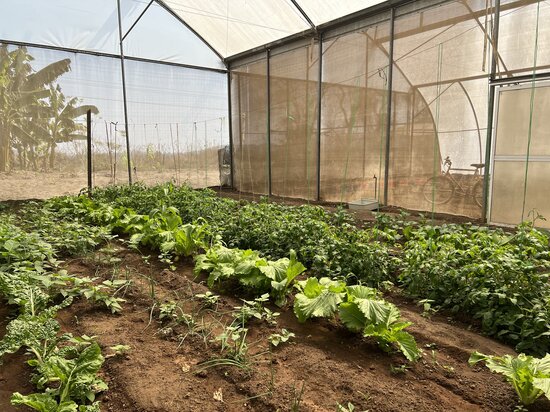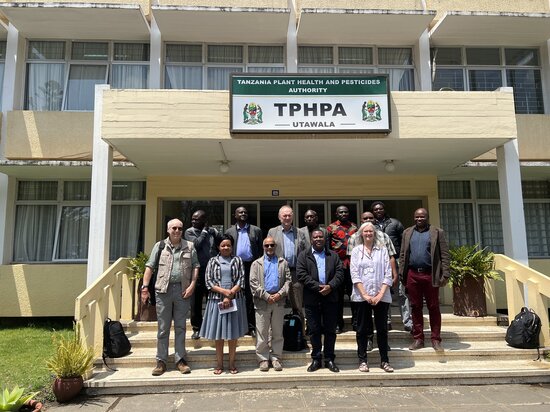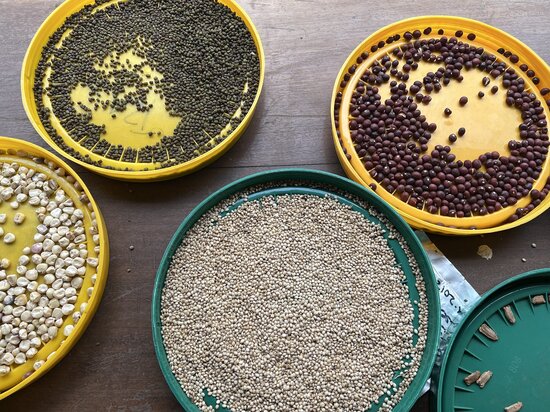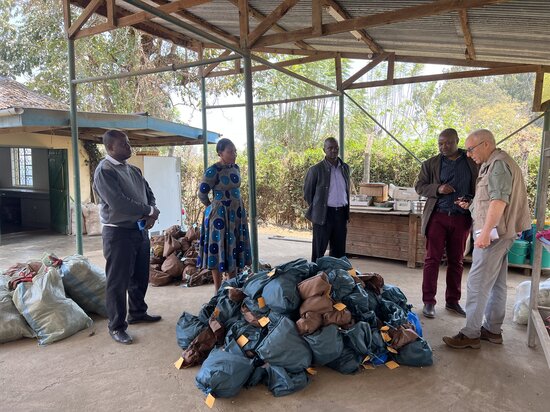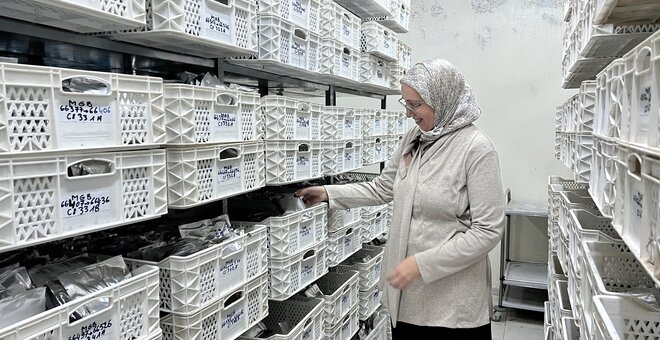Tanzania: National Plant Genetic Resources Centre
Location
Arusha, Tanzania
Parent Organization
Tanzania Plant Health and Pesticides Authority (TPHPA)
Mission
- Collect and conserve plant genetic resources both in-situ and ex-situ and promote its utilization for agriculture sustainability
- Facilitate access and benefit sharing of plant genetic resources in compliance with International Treaties such Convention on Biological Diversity, International Treaty on Plant Genetic Resources for Food and Agriculture and Nagoya Protocol
- Determine and document information on diversity and distribution of genetic resources
- Keep inventory of different plant genetic resources in Tanzania
- Increase knowledge on sustainable use of agricultural plant biodiversity
- Contribute and participate in development of research proposals in the relation to plant genetic resources.
Date Established
1991
Number of Samples Conserved
9,234 (as at June 2023)
Main Crops Conserved
- Grain cereals — finger millet, maize, rice, sorghum
- Grain legumes — Bambara groundnut, chickpea, common bean, cowpea, groundnut, pea, pigeonpea
- Vegetables — cucumber, gourds, okra, peppers, pumpkin, tomato
- Root crops — cassava, potato, sweetpotato
- Oil crops — sunflower
- Forages — legume and grass species
Background
The National Plant Genetic Resources Centre (NPGRC) was established in 1991 within the Tropical Pesticides Research Institute, now the TPHPA. The NPGRC sits within the Technical Services Directorate of the TPHPA.
The NPGRC has been active in collecting crop diversity in recent years, and nearly three-quarters of the collection was acquired in the past ten years.
- The NPGRC has conducted extensive collecting in Tanzania in collaboration with local institutions, governmental research organizations and universities, NGOs, local government authorities, and international organizations, including the Millennium Seed Bank, Key, ICRISAT, Bioversity International, CIMMYT, CIAT, IRRI, Crop Trust and World Vegetable Centre.
- Nearly a third of the collection has been safety duplicated at the SADC Plant Genetic Resources Centre, with additional backups at the Svalbard Global Seed Vault, the Millennium Seed Vault, Kew, and at WorldVeg.
- The NPGRC has conducted seed fairs and established farmers groups for plant genetic resources conservation in six villages in four districts, and eight community seedbanks and 12 community field genebanks.
The Collection
Most of the collection comprises seeds stored in freezers. Four crops — banana, cassava, potato and sweetpotato — are conserved in a field genebank.
The crops with the largest number of samples in the collection are rice, sorghum, finger millet, pumpkin, beans, maize, cowpea, Bambara groundnut, pigeonpea and watermelon. Nearly 90% of the samples are landraces or local farmer varieties, with a further 7% being wild species.
The seed is stored in sealed aluminum foil packets in freezers at −18° C. Seed is regenerated when stocks run low or if the viability of the seed falls below a threshold. Some 400 seed samples were regenerated in 2022.

